Bucharest was formed in the 9th century by the Slav and in the 13th century it was invaded by the Mongol but it was not lived in until the 14th century. During the 15th century it was the home of Prince Vlad and it then became the centre of Wallachia. During the 17th century it became the biggest city in the area as well as the main hub for politics and commerce. At the end of the 16th century the city was destroyed by the forces of Sinan Pasha but it was transformed under the lead of Radu Mihnea.
In 1716 it was ruled by Phanariotes which was classed as a milestone in the history of Bucharest, however, in 1737 the city was once again attacked, this time by Habsburg troops. During the war and between the years of 1768-1774 it was occupied by Russian troops.
Following the signing of the peace in Bucharest, there were a lot of cultural and social measures put in place but the city was also devastated by the Caragea’s plague in 1813-1814 and the city was once again occupied by Russian Troops in 1828.
During the Second World War the Germans bombed the city and in 1944 they destroyed the National Theatre and fought with the Romanian Army, Bucharest was then entered by the Soviet Red Army. In 1945 a protest was organised by the Romanian Communist Party and it took place in front of the Royal Palace which resulted in the fall of the Nicolae Radesco cabinet and power being given to the communist backed Petru Groza. The communist regime was started in 1948 and this saw many Socialist buildings being built such as the Casa Scinteii and National Opera buildings.
However, during the leadership of Ceausescu much of the historical part of the city was destroyed and buildings such as Centrul Civic and the Palace of the Parliament were erected. During 1977, the city was hit by an earthquake that caused a huge amount of damage with many buildings being destroyed. After the year 2000, a lot of work was put into making the city as modern as possible and a large restoration project took place to bring the historical areas back to what they once were.


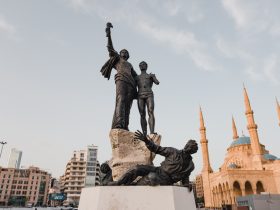
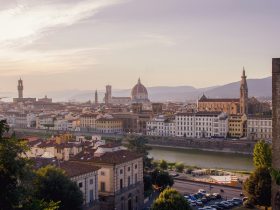
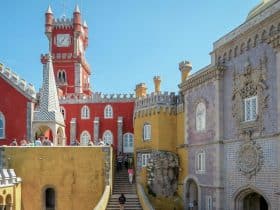

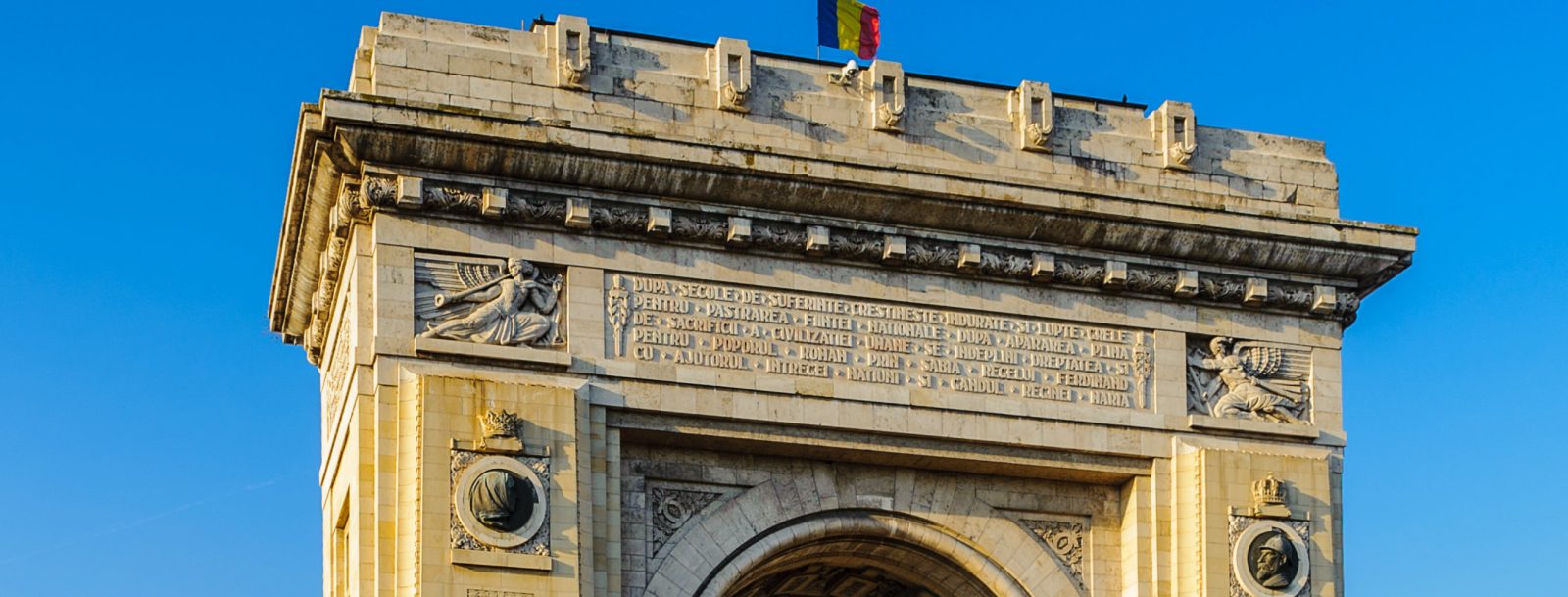


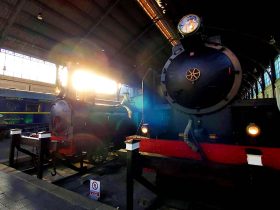
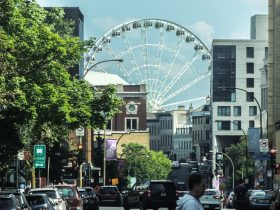
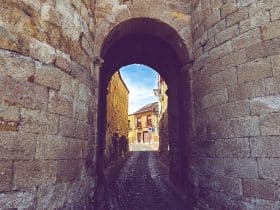











Leave a Reply